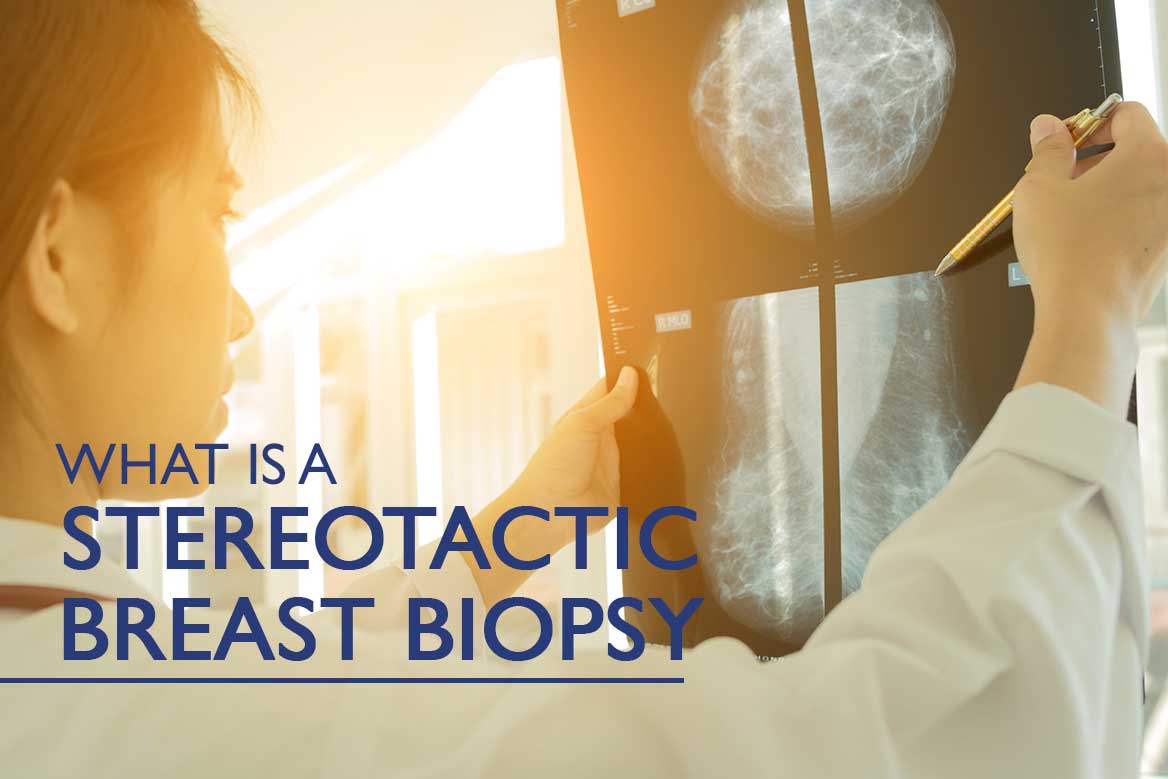Hysteroscopy

What Is a Stereotactic Breast Biopsy
September 14, 2016
Do You Need a D&C / Dilation & Curettage?
September 28, 2016Hysteroscopy

You have had several miscarriages. You and your spouse want a baby but for some reason every time you become pregnant you have a miscarriage. You both have become tired, discouraged, and sad. Your doctor has suggested a procedure that may help diagnose the problem.
The procedure he/she has recommended can be done at Outpatient Services East. You feel good about this but you still do not understand what the procedure entails.
Well, we can give you a little insight as to what this is. A hysteroscopy is a procedure where the surgeon does by inserting a small telescope (hysteroscope) through the cervix in order to allow him/her to look inside the uterus. This procedure can be used as a diagnostic test or a method to see the uterus while performing surgery to treat uterine problems.
During your procedure, the surgeon will see and maybe able to repair any problems with the uterus that are causing your miscarriages. Some doctors use the hysterosalpingogram (HSG) to check inside the uterus for problems but this procedure only provides an image. So often surgeons chose to use the hysteroscopy so any minor problems can be repaired at the time of the test. Most ladies like this as it eliminates the possibility having to have two procedure.
Most of the time your doctor will want to schedule your hysteroscopy during the first week after your menstrual period. We hope you will ask him/her to send you to Outpatient Services East. You will find the entire staff to be caring and professional.
The doctor will discuss with you the type of anesthesia you will be given. It can be local, regional, or general anesthesia. Your cervix will be dilated before the hysteroscope is inserted. If the surgeon finds a problem a minor surgical repair may be done at that time. This is another good reason for you to be at Outpatient Services East.
While the hysteroscopy a rather safe procedure, it does carry risk of uterine perforation, hyponatremia, and infection. Do not worry if you have some cramping or spotting after the procedure. The chance of this happening is increased if any type of repair has to be done during the procedure.
If you are having the procedure due to recurrent miscarriages your doctor is mainly looking for: uterine septum (and other congenital malformations), fibroids, polyps, and abnormal scarring.
Hopefully if any of these are detected they can be repaired then. However, sometimes more extensive surgery is needed. If this is the case the doctor will schedule it for a later date.
Even with the few risks that go along with a hysteroscopy most find the procedure well worth having because it will hopefully increase your ability to have a child. Often the cause of your miscarriages if found and corrected with this procedure.
We encourage you to schedule your hysteroscopy to be performed at Outpatient Services East. Contact us at: 205-838-3888
*American College of Obstetrics and Gynecology, “ACOG Education Pamphlet AP084.” Dec 1999. ACOG. Accessed 2 Dec 2007. Harvard Medical School, “Hysteroscopy.” Harvard Health Publications. Accessed 2 Dec 2007.

